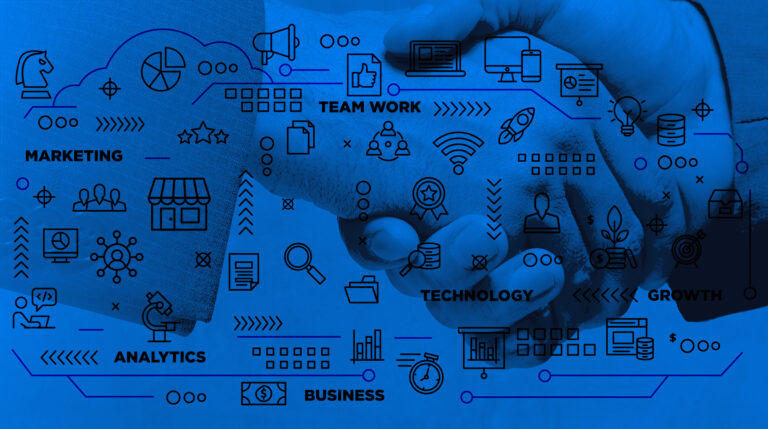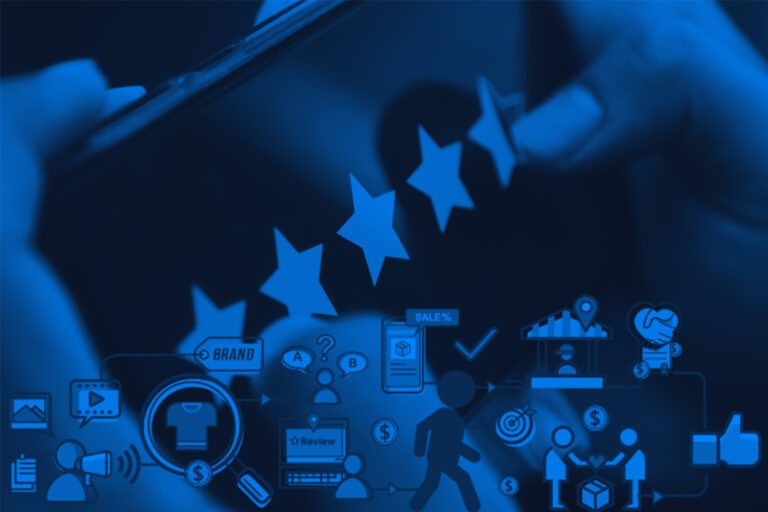In a world where marketing programs have become highly targeted, precisely measured and technologically empowered, companies should still look to meet their buyers’ needs at each stage of their buying journey. Engaging with customers from the moment they become aware of your products or services to their purchase stage and beyond is crucial in driving durable sales growth (CX).
Customers expect different interactions with your company depending on which stage of the purchase cycle they are currently in. That is why you have to understand each stage of the journey and identify what marketing strategy works best at each moment.
Understanding the Customer’s Purchase Journey
Here’s a look at the five key stages of a customer’s purchase cycle and what marketing strategies can be applied to them:
1. Awareness
A buyer’s journey begins at the ‘awareness’ stage. At this point, customers know they have a problem to solve or a need to meet and realize they have to find a product or service to address that issue. When customers are at this stage, you can’t sell to them directly: You have to educate them first. They will be more responsive to information that provides a solution or answer rather than a sales page that persuades them to buy.
Some of the most effective marketing strategies today that trigger awareness includes word-of-mouth, social media advertising, digital content, and email marketing.
2. Research
Once your customers begin to realize that they have a particular pain point or unfulfilled need, they search for information to solve it. At this stage, they may check out your website and social media channels or read reviews. Basically, they are going to do their homework on you first.
From a digital marketing perspective, it’s during this stage that you have an opportunity to build trust with your prospective customers. Through digital content, such as blog posts on your website, social media posts, or educational articles, you can answer queries costumers may have about your product or service and explain how it can address the problem or need.
Some of the marketing strategies that target this phase include search-engine optimization, blogs, social media activity and advertising, paid search (AdWords), trade shows, print collateral, networking, and word-of-mouth.
3. Consideration
At the consideration phase, customers begin to evaluate options for making a purchase. This may include evaluating whether the product or service meets their criteria and justifying and quantifying its value. This is where you might want to focus on product-specific information such as detailed feature descriptions, quality video demonstrations, or high-impact product photography. This will allow you to talk about inclusions, price points, and the benefits of purchasing your product or service over another. Never forget that the head often follows the heart. Evoking desire – the pure want for your product – is critically important.
Some of the best marketing strategies that can be applied at this stage include email newsletters, paid search, social media activity and advertising, special offers price points, search-engine optimization, promotions, and unique value propositions.
4. Purchase Decision
At the time of the purchase decision, the customer:
- Has evaluated various options
- Understands their pricing and payment options
- Is thinking whether to move forward with the purchase or not
Because they are still undecided, they could still choose not to proceed with the purchase and return to an earlier phase. Purchase journeys are rarely linear and reductive. If the customer walks away from the deal, you need to bring them back. Retargeting or sending simple email reminders that speak to the need for the product or service in question can restore their momentum inside the purchase journey.
This stage of the purchase cycle is by far the most important, as it is where revenues are either made or lost.
5. Purchase
Here, your customer has decided on the type of product or service they need from you, and they are committed to making a purchase. They may still be looking at other brands, but they have concluded that they ultimately want to purchase from you.
However, this doesn’t mean that customers won’t be lost. That is why effective marketing is vital during this phase. Successfully marketing to this phase is actually very straightforward: Make it easy for them.
Make sure your brand’s processes are clear and simple. If you are selling products online, for instance, make sure your platform is optimized on both desktop and mobile, and ensure that the checkout process isn’t off-putting or confusing. Simplify everywhere. Prioritize UX/UI. If you operate a physical store, make sure your staff is well-trained and efficient. If the purchase process is too difficult or time-consuming, your customers and revenue can be easily lost.
6. Post Purchase/Retention
A lot of companies end a transaction with a customer at the purchase stage and don’t get in touch with them again.
However, you can and should keep in touch with your customer after a purchase. You can do this by:
- Getting their email address so you can invite them to your monthly email newsletter or other content they are interested in
- Asking them to follow you on your social media channels
- Retargeting them with online advertisements
You can even invite them to complete a survey about their purchase experience. This way, you can gather valuable information on how to improve your product, service, and overall customer experience. If you keep in touch with your customers and advise them of product changes or updates, you have the opportunity to transform them into repeat customers or even super fans or brand ambassadors. Remember: It’s easier and more cost-effective to acquire repeat business from an existing customer than it is to find a new one.
Other examples of good retention strategies include rewards programs, special access events or experiences, encouraging user reviews, social media posts, and product forums.
The Most Influential Touchpoints
So, how do you identify and solidify your presence at the most influential touchpoints? Today’s buyers are greatly influenced by family, friends, and online influencers. This makes owned media (communication channels that are within your control, such as websites, email, and blogs) and earned media (online word-of-mouth) as important as paid media (your marketing and advertising efforts). In order to influence today’s buyers, you should embrace mobile first and design a seamless added-value multi-channel experience embracing how customers come to you. You should also leverage social media to network and communicate with your customers, and implement social as an extension of your display advertising and content distribution strategies.
Be There at Every Phase of the Customer’s Journey
To successfully attract new customers and maintain your customer base, you should know how to engage customers at every stage of the buyer’s journey. It is tempting to focus heavily on deals and discounts and value proposition techniques during the purchase phase to improve conversion and artificially enhance your marketing ROI. Be judicious here. Durable growth requires learning where you aren’t meeting expectations or where you are outright alienating customers across any of these stages. Finally, always be open to new opportunities to go above and beyond traditional marketing methodologies to foster authentic engagement and meaningful utility. You will be rewarded with customer loyalty and dedicated advocacy.





